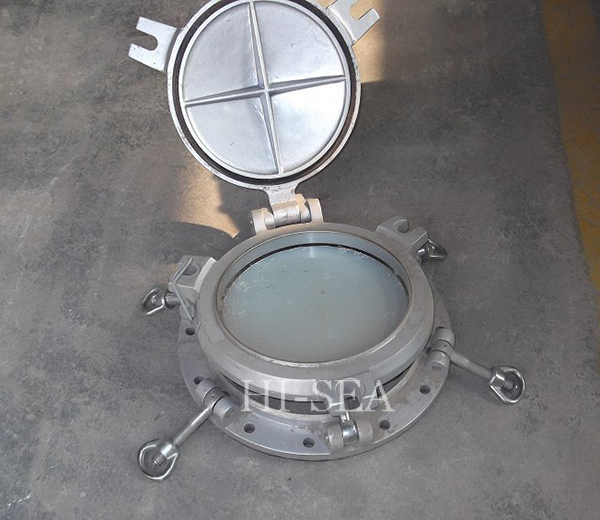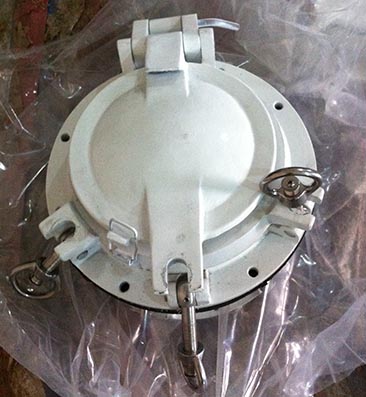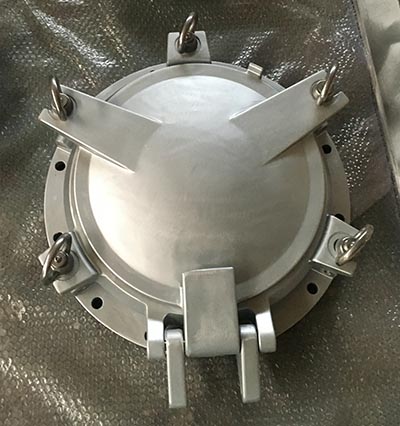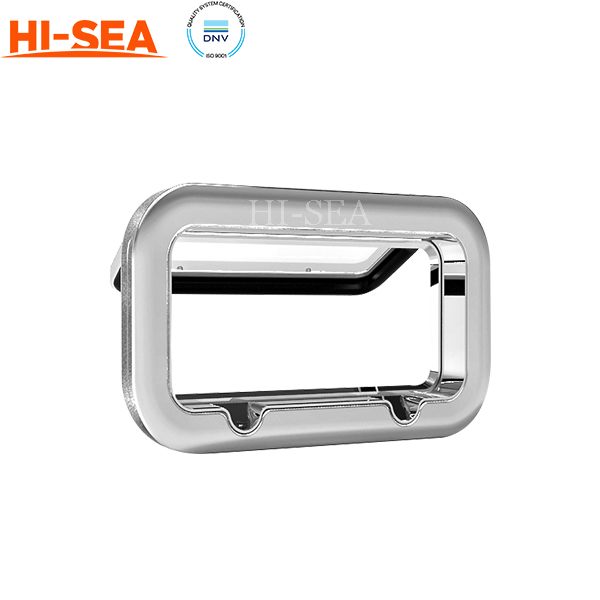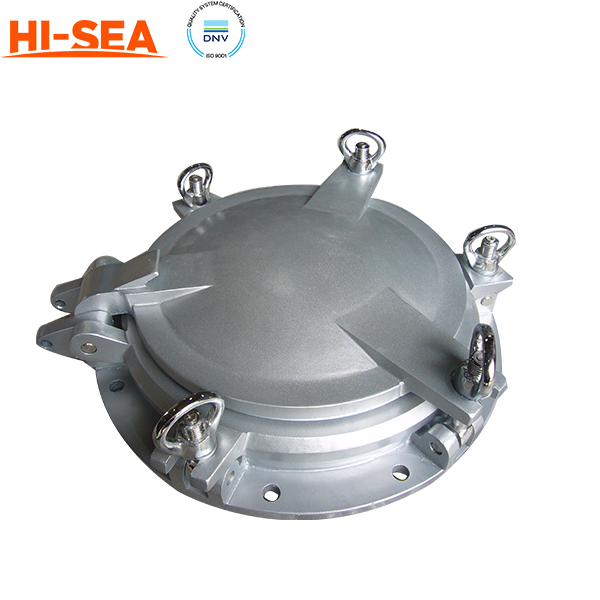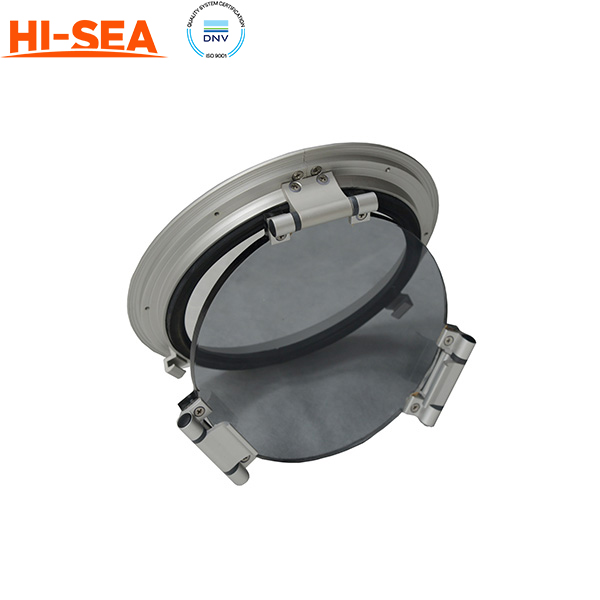MARINE & OFFSHORE EQUIPMENT
- Dredging Equipment
- Marine Deck Machinery
-
Marine Mooring Equipment
-
Marine Anchor
- AC-14 HHP Anchor
- Admiralty Anchor
- Beldt Stockless Anchor
- Bruce Anchor
- Spek Anchor
- Danforth HHP Anchor
- Delta High Holding Power Anchor
- GB11579-89 Light Weight Anchor
- Hall Anchor
- High Holding Power Mastrosov Anchor
- Hot Dip Galvanized Anchor
- Japan Stock Anchor
- JIS Stockless Anchor
- Pool Anchor
- Single Fluke Anchor
- Stainless Steel Anchor
- Stevpris MK5 Anchor
- Stingray Anchor
- US Navy Stockless Anchor
-
Marine Anchor Chain
-
Marine Shackle
- Kenter Shackle
- D Type Joining Shackle
- Pear Shaped Shackle
- Anchor Swivel Shackle Type A
- Anchor Swivel Shackle Type B
- Buoy Shackle Type A
- Buoy Shackle Type B
- C Type Detachable Connecting Link
- D Shackle
- Forelock Shackle
- Anchor Chain Swivel Group
- Straight Shackle
- Anchor Shackle
- Marine Triangle Plate
- Anchor Chain Swivel
- Anchor Chain Joining Shackle
- Anchor Chain End Shackle
- Slim Kenter Shackle
-
Chain Chaser
-
Marine Bollard
-
Marine Chock
-
Marine Fairlead
-
Marine Chain Stopper
-
Marine Mooring Reel
-
Marine Towing Bracket
-
Mooring Rope
-
Marine Towing Hook
-
Marine Shark Jaw
- Marine Fender
-
Marine Buoy
- Marine Floating Pontoon Dock
-
Marine Anchor
- Aquaculture Equipment
- Marine Outfitting Equipment
- Marine Propulsion System
-
Marine Painting
-
Marine Auxiliary Machinery
- Marine Air Compressor
- Marine Air Receiver
- Marine Sewage Treatment Plant
-
Marine Diesel Generator Set
- Marine Oil Water Separator
- Ballast Water Management System
- Marine Hydrophore
- Marine Calorifier
- Seawater Desalination Plant
-
Marine Oil Separator
- Marine Fuel Oil Supply Unit
- Marine Heat Exchanger
-
Marine Hot Well Unit
-
Marine Incinerator
-
Marine Boiler
-
Marine Valve
- JIS Marine Valve
- DIN Marine Valve
- ANSI Marine Valve
- GB Marine Valve
- CB Marine Valve
- CBM Marine Valve
-
Marine Gate Valve
-
Marine Globe Valve
-
Marine Angle Globe Valve
-
Marine SDNR Valve
-
Marine Angle SDNR Valve
-
Marine Check Valve
-
Marine Storm Valve
-
Marine Butterfly Valve
-
Marine Quick Closing Valve
-
Marine Fire Valve
-
Marine Self Closing Valve
- Marine Valve Accessories
-
Marine Pump
- Marine Centrifugal Pump
- Marine Screw Pump
-
Marine Gear Pump
-
Marine Vortex Pump
-
Marine Ejector Pump
-
Marine Diaphragm Pump
-
Marine Piston Pump
-
Marine Fire Pump
-
Marine Emergency Fire Pump
-
Marine External Fire Pump
-
Marine Ballast Water Pump
-
Marine Fuel Pump
-
Marine Lubricating Oil Pump
-
Marine Bilge Pump
-
Marine Sewage Pump
-
Marine Domestic Water Pump
-
Marine General Pump
-
Marine Cargo Oil Pump
-
Marine Hand Pump
- Marine Pump Parts
- Marine Life-saving Equipment
- Fire-fighting Equipment
- Marine Cable
- Marine Electrical Equipment
- Marine HVAC
-
Labour Protection Appliance
- Marine Decorative Material
-
Marine Anode
- Marine Pipe Fitting & Flange
- Marine Instrument
- Ship Building Equipment
INDUSTRY EQUIPMENT
- Hoisting Equipment
- Welding Machine & Material
-
Cutting Machine
- Container Securing Fitting
- Link Chain
- Container & Storage Equipment
-
Diesel Generator Set
- Other Equipment and Tools
- Petrochemical Equipment
- Fiber Reinforced Plastics
- Polymer Materials
- Environmental Protection Series
- Geo-products and Building Materials
- Metal Mesh
- Steel Grating
-
Earthwork Teeth
-
Turnbuckle
STOCK LIST
Contacts
 Tel:+86-23-67956606
Tel:+86-23-67956606
 FAX:+86-23-67956622
FAX:+86-23-67956622
 Email:manager@cqhisea.com
Email:manager@cqhisea.com
Working Time: 9:00--17:00
Working Day: Monday to Friday Website: www.cqhisea.com

Marine Porthole
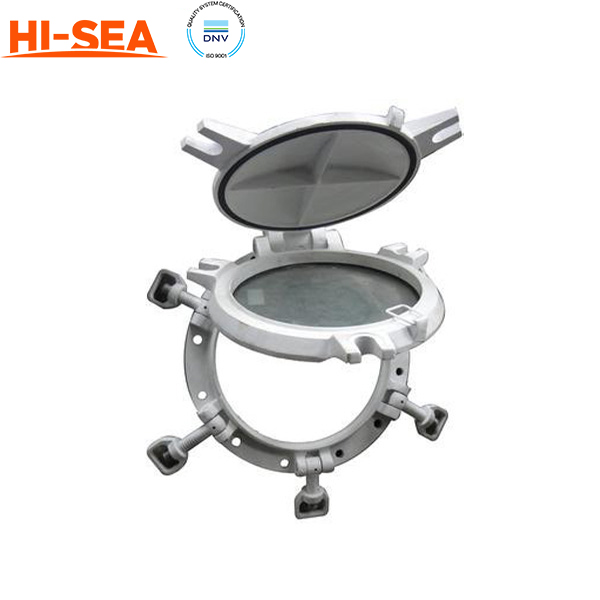
Marine Porthole
Introduction of Marine Porthole
A marine porthole is a circular window that is found on the exterior of a ship or boat. It is typically made of thick glass or plastic and is set into a metal frame that is secured to the hull of the vessel. Portholes are designed to allow natural light and fresh air into the interior of a ship's cabin or other enclosed spaces, while also providing a means of ventilation. They can be opened or closed depending on weather conditions, and are often equipped with a watertight seal to prevent water from entering the vessel in rough seas. Portholes can be found on a wide range of vessels, from small pleasure boats to large ocean liners.
Features of Marine Porthole
Ventilation: Portholes provide ventilation and fresh air to the interior of the ship, which can be crucial in maintaining a comfortable living environment for crew members.
Natural light: Portholes also allow natural light to enter the ship's cabin, reducing the need for artificial lighting during the daytime and improving the overall aesthetic of the space.
Visibility: Portholes can provide a view of the exterior surroundings, which can be useful for navigation or for observing wildlife or other vessels.
Safety: In the event of an emergency, portholes can provide a means of escape or evacuation from the vessel.
Configuration Selection
|
parts |
material |
Pros and Cons |
|
Glass |
Toughened glass |
The strength is several times higher than that of ordinary glass, the fragile property is improved, and the resistance to rapid cold and heat is higher than that of ordinary glass. |
|
Normal Glass |
The light transmittance of ordinary glass is good, and its surface is smoother than tempered glass, but its strength and safety are worse than that of toughened glass. |
|
|
Window frame and seat |
Q235 |
Good welding performance, Good low temperature toughness |
|
LF5 Aluminum |
Anti-corrosion, but expensive and not fireproof |
|
|
Copper |
High strength, high hardness |
|
|
Storm cover |
Q235 |
Good welding performance, Good low temperature toughness |
|
LF5 Aluminum |
Anti-corrosion, but expensive and not fireproof |
|
|
Copper |
High strength, high hardness |
|
|
Seal |
Neoprene |
Excellent Watertight performance |
|
Options according to user requirements |
||
|
Parts |
Remark |
Features |
|
Window Type |
Fixed |
|
|
Openable(Direction) |
|
|
|
Installation Type |
Bolt |
|
|
Welded |
|
|
|
Other manufacturer’s low quality marine porthole |
HI-SEA high quality marine porthole |
|
|
|
|
1. The glass cuts corners, adopts non-tempered glass, and the glass thickness is thin, the structure is fragile and fragile, and the sharp edge after rupture has caused harm to the human body. 2. The glass window frame adopts the metal structure with high impurity content, the cost is low, and the strength is not up to standard. 3. The window edge sealing material has poor ductility, is easy to deform, and cannot guarantee watertightness. 4. Improper surface treatment of castings and defects such as cracks and pores will affect the service life of portholes. |
1. The glass adopts a multi-layer tempered glass structure, which not only has high strength, but also better safety, and has a certain sound insulation function. 2. The material standard refers to GB/T 14413-2008, which conforms to the marine specification 3. After the parts are processed, anti-rust treatment such as hot-dip galvanizing or anodizing is performed. 4. The porthole shall be impacted by water with a pressure of not less than 0.2MPa and there shall be no water droplets on the impacted part. 5. All inspection items for portholes are in compliance with the requirements. |
Specifications of Marine Portable
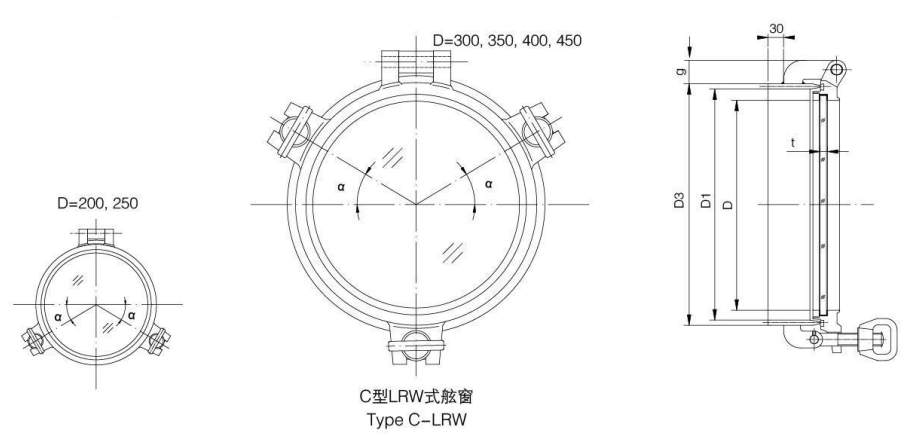
clear size D
D1
D2
D3
D4
h
t
gmax
bolt
Cut out in steel wall
whorl
qty
φ200
φ245
φ250
φ350
φ310
155
8
50
M12
8
253
φ250
φ295
φ305
φ400
φ364
182
8
47.5
M16
8
308
φ300
φ350
φ360
φ450
φ414
207
10
45
M16
12
363
φ350
φ400
φ410
φ500
φ464
232
12
45
M18
12
413
φ400
φ450
φ460
φ550
φ514
257
12
45
M18
12
463
φ450
φ500
φ510
φ600
φ564
282
15
45
M20
12
513
How to install a marine porthole
Installing a marine porthole requires some technical expertise and should be done by a qualified marine technician or shipwright. Here are some general steps for installing a marine porthole:
Select the location: Choose the location for the porthole based on the vessel's design and intended use. Consider factors such as natural light, ventilation, and accessibility.
Cut the hole: Use a cutting tool to carefully cut the hole for the porthole. The size of the hole should match the size of the porthole frame.
Prepare the area: Remove any debris and clean the area around the hole. Apply a rust inhibitor or other protective coating to the edges of the hole to prevent corrosion.
Install the porthole: Insert the porthole frame into the hole and secure it with screws or bolts.
Test for leaks: Test the porthole for leaks by spraying it with a hose or running water over it. Check for any water penetration or other signs of leakage.
Finish the installation: Install any additional hardware, such as hinges or locks, and finish any trim or cosmetic work around the porthole.
It's important to follow the manufacturer's instructions and any relevant regulations or standards when installing a marine porthole. Improper installation can result in leaks or other safety hazards, so it's best to consult with a qualified professional if you're unsure about any aspect of the installation process.
Picture of Marine Porthole Window
